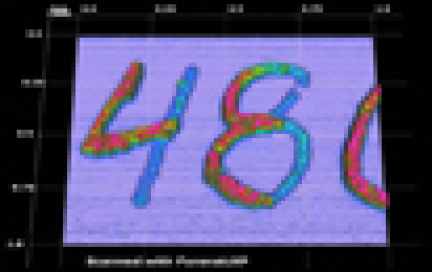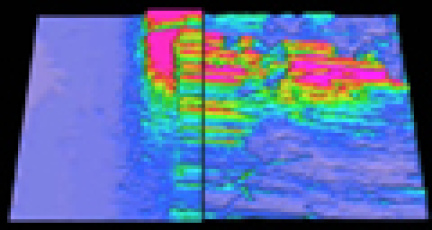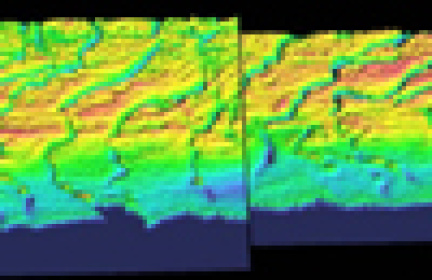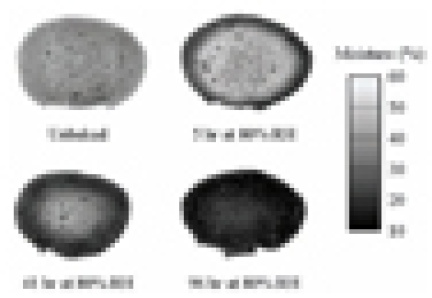Spectral cameras are systems for displaying the spatial distribution of the spectrum of an object. Unlike conventional spectrographs, spectral cameras provide complete spectral information at every point of an object.
The basic principle
The spectral distribution of a given object can thus be directly seen in a single image. A spectral camera consists of a spectrograph and a digital camera. The input slit of the spectrograph is small enough to provide information about only a single line on the object. The light from the object is spectrally distributed in the spectrograph, preserving both spatial and polarization information. The light is further incident on a detector integrated in the camera, which displays the spatial information on the x-axis and the corresponding spectrum on the y-axis. Each image that is taken provides information about the actual spectral distribution in line on the object being imaged. It is possible to arrange up to 16,000 spectra in parallel with a resolution of 2 nm. To obtain a 2D spectral image, it is necessary to move the object or the camera. Typical moving objects are, for example, products on a conveyor (treadmill) or on translation tables.
Fixed stationary objects can be imaged by moving the camera, e.g. when the camera is mounted on a rotary unit or when objects are imaged from a moving vehicle. In some cases, neither the object nor the camera moves, e.g. in human skin analysis or other medical applications. In these cases, a moving mirror (scanner) may be placed in front of the camera to provide the required motion by rotation.
Uses and applications
Spectral cameras are used where rapid analysis of spectral distribution is needed, for example for spatial analysis of the distribution of minerals, plants, materials, colours or light. Spectral information as material characterization information can be found for many different chemical compounds in different wavelength ranges. For example, illumination, which affects the human eye, is measured in the visible wavelength region. In contrast, many synthetic substances show absorption in the NIR region and minerals are often studied in the SWIR region.
Examples of some applications
We offer spectral cameras for all wavelength regions from UV to LWIR. Both the spectrograph and the detector are always optimized for a given region. The best possible results can be achieved if the light source and camera lens are optimized for the wavelength region under test.



